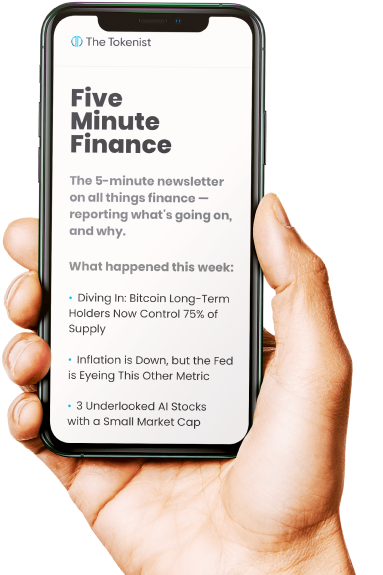
Amazon Stock Surges on $38 Billion Cloud Partnership With OpenAI
Amazon.com Inc.’s stock experienced a dramatic surge on November 3, 2025, climbing 4.83% to $256.01 following the announcement of a landmark $38 billion cloud services agreement with OpenAI. The seven-year deal marks OpenAI’s first major partnership with Amazon Web Services, providing the ChatGPT creator with access to hundreds of thousands of Nvidia graphics processing units to power its artificial intelligence ambitions.
This partnership represents a significant milestone for both companies, with Amazon poised to add nearly $140 billion to its market value as the stock hit all-time highs during trading.
Historic Cloud Deal Reshapes AI Infrastructure Landscape
The $38 billion agreement gives OpenAI immediate access to AWS infrastructure, including Nvidia’s advanced GB200 and GB300 AI accelerators deployed across U.S. data centers. Amazon plans to roll out hundreds of thousands of chips in specialized clusters designed to power ChatGPT’s responses and train OpenAI’s next-generation models. The deal spans seven years, with all planned capacity scheduled to come online by the end of 2026, and includes provisions for further expansion through 2027 and beyond.
This partnership marks a significant shift in OpenAI’s cloud strategy, as the company diversifies away from its previous exclusive reliance on Microsoft. OpenAI CEO Sam Altman emphasized that “scaling frontier AI requires massive, reliable compute,” positioning AWS as a critical partner in the company’s ambitious plans to spend $1.4 trillion developing 30 gigawatts of computing resources. The agreement also signals OpenAI’s progression toward operational maturity as it prepares for a potential initial public offering that could value the company at up to $1 trillion.
For Amazon, the deal validates AWS’s position in the competitive AI infrastructure market, addressing investor concerns that the cloud giant had fallen behind rivals Microsoft and Google in the AI race. AWS CEO Matt Garman highlighted that “the breadth and immediate availability of optimized compute demonstrates why AWS is uniquely positioned to support OpenAI’s vast AI workloads,” reinforcing the company’s technological capabilities in supporting cutting-edge artificial intelligence development.
Join our Telegram group and never miss a breaking digital asset story.
Amazon Stock Hits Record Levels Amid Strong Cloud Momentum
As of 10:47 AM EST on November 3, 2025, Amazon stock was trading at $256.01, up $11.79 or 4.83% from the previous close of $244.22. The surge brought Amazon’s market capitalization to $2.743 trillion, with trading volume reaching 43.18 million shares against an average volume of 48.58 million. The stock’s impressive rally extended its year-to-date gains to 16.96%, outpacing the S&P 500’s 16.31% return over the same period, while the one-year return stood at 29.64% compared to the broader market’s 19.41%.
Amazon’s financial fundamentals remain robust, with the company reporting Q3 FY25 revenue of $180.17 billion and earnings of $21.19 billion. The stock trades at a trailing P/E ratio of 36.24 and a forward P/E of 28.57, reflecting investor optimism about future growth prospects driven by AI and cloud computing expansion. Analysts maintain bullish sentiment, with an average price target of $288.83 and Wells Fargo recently raising its target from $280 to $292 while maintaining an Overweight rating.
The OpenAI partnership comes on the heels of strong AWS performance, with the cloud division reporting over 20% year-over-year revenue growth in the most recent quarter. While this growth trailed Microsoft’s 40% and Google’s 34% cloud expansion, the OpenAI deal positions Amazon to capture a larger share of the burgeoning AI infrastructure market. With analyst recommendations heavily weighted toward Strong Buy and Buy ratings, and the stock’s 52-week range spanning from $161.38 to $258.60, Amazon appears well-positioned to maintain its upward trajectory as it capitalizes on increasing demand for AI computing services.
Disclaimer: The author does not hold or have a position in any securities discussed in the article. All stock prices were quoted at the time of writing.




